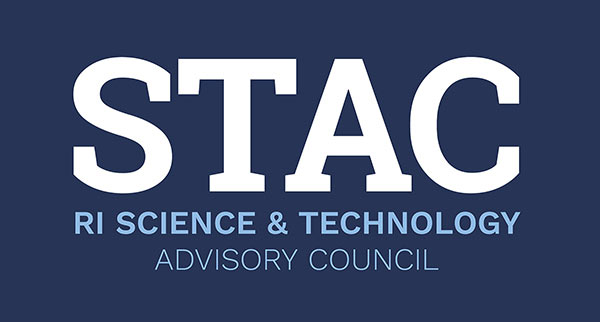Professor Pradeep Guduru, Ph. D.
James R. Rice Associate Professor of Engineering, Brown University
Powering our modern lives, rechargeable lithium-ion batteries are considered state-of-the-art energy storage devices. Lithium-ion batteries offer one of the best energy-to-weight ratios of any existing battery design, making them ideal choices for everything from laptops to cell phones to electric cars.
Professor Pradeep Guduru of Brown University wants to make them even better. “Lithium ion batteries do provide high energy for their size and weight. But we want to make them better. Particularly for transportation technology.”

Of course what Professor Guduru is referring to is electric cars. Currently available vehicle battery technology has some major limitations. These batteries are expensive: the battery adds about $8,000-$10,000 to the cost of the vehicle-which means that even though you’re not paying for gas, you need to drive more than 100,000 miles just to break even on the higher price tag. And even using lithium-ion technology, in order to hold enough energy to make them practical, batteries have to be big. In the Chevy Volt, expected to arrive on the market in the near future, its rechargeable lithium-ion battery weighs about 400 pounds, and it can only take you about 40 miles before it needs recharging. Then there’s the issue of battery lifespan: you can only recharge batteries so many times before they begin to break down and lose charge capacity.
Professor Guduru was the recipient of a 2010 Rhode Island Research Alliance Collaborative Grant from STAC, along with Dr. Christopher Bull from Brown University and Dr. Brett Lucht from the University of Rhode Island, for lithium-ion battery research. Together, they are looking for ways to create the next generation of lithium-ion batteries.
A lot of present-day battery research focuses on developing new materials for the anode, or negative electrode inside the battery. Today’s lithium-ion batteries use graphite; when the battery is charging, lithium ions migrate from the cathode (positive electrode), through an electrolyte, into layers of graphite in the anode and essentially park themselves between the layers. When the battery is being used (or discharged), they migrate back again, creating electrical current in the external circuit, which provides power.

Replacing graphite in the anode with a material that can store more lithium ions would allow a battery to hold more charge. Silicon is a promising candidate; with the ability to hold 10 times more lithium ions than graphite, it would increase the energy density of a battery by about 50% (a significant amount). Silicon, however, presents problems of its own: its volume expands by 400% when charged-a huge amount-which contributes to mechanical breakdown of the battery and shortens the battery’s lifespan.
Professor Guduru and his team are not the only ones working on silicon anodes. However, rather than taking an empirical approach to the problem (in other words, trying different anode compositions and architectures while hoping for improved performance), they’re approaching it systematically, by understanding the basic mechanics and thermodynamics of the materials involved and how they influence the battery performance.
Professor Guduru explains: “We want to understand the basic mechanical behavior-the magnitude of stresses that develop in these anodes when you put lithium into them, and how they affect electrochemical performance and contribute to mechanical degradation of these materials. We will then have a rational basis to design better anodes that can store more energy and last longer.”

Based on this fundamental approach, Professor Guduru is hoping to come up with new anode architectures that have a desired combination of material properties and microstructure. Work this year has focused on the development of durable silicon-based anodes. “We’re working on coupled mechanics-electrochemistry issues that were not recognized by the traditional battery researchers before. So this is new and exciting for us.”
In 2008-2009, Professor Guduru spent a sabbatical year at UC Berkeley and the Lawrence Berkeley National Laboratory, studying mechanics issues in battery material design and performance. Last year he returned to Brown and started his battery research program. The STAC grant was able to help fund the purchase some key equipment, including a glove box (a large chamber filled with argon gas so experiments can be performed in an environment protected from oxygen and moisture) and a multi-beam optical sensor, a laser-based system that measures mechanical stresses. They are also constructing their own electrode development facility in the lab, to make composite anode and cathode materials of practical interest to the industry and study their mechanical degradation.
This infrastructure, along with some important initial research results, enabled Professor Guduru and Professor Lucht to attract a federal grant from NASA to continue their research. Work carried out under the STAC grant has also set the stage for Professor Guduru to compete for other grants from NSF, DOE and National Labs. “The STAC grant has been very useful in laying the foundation and allowing us to get the initial results. So the synergy between the STAC grant and the other grants we received or are applying for has worked out very well. We expect our activities to develop into a major research program on energy storage materials.”
